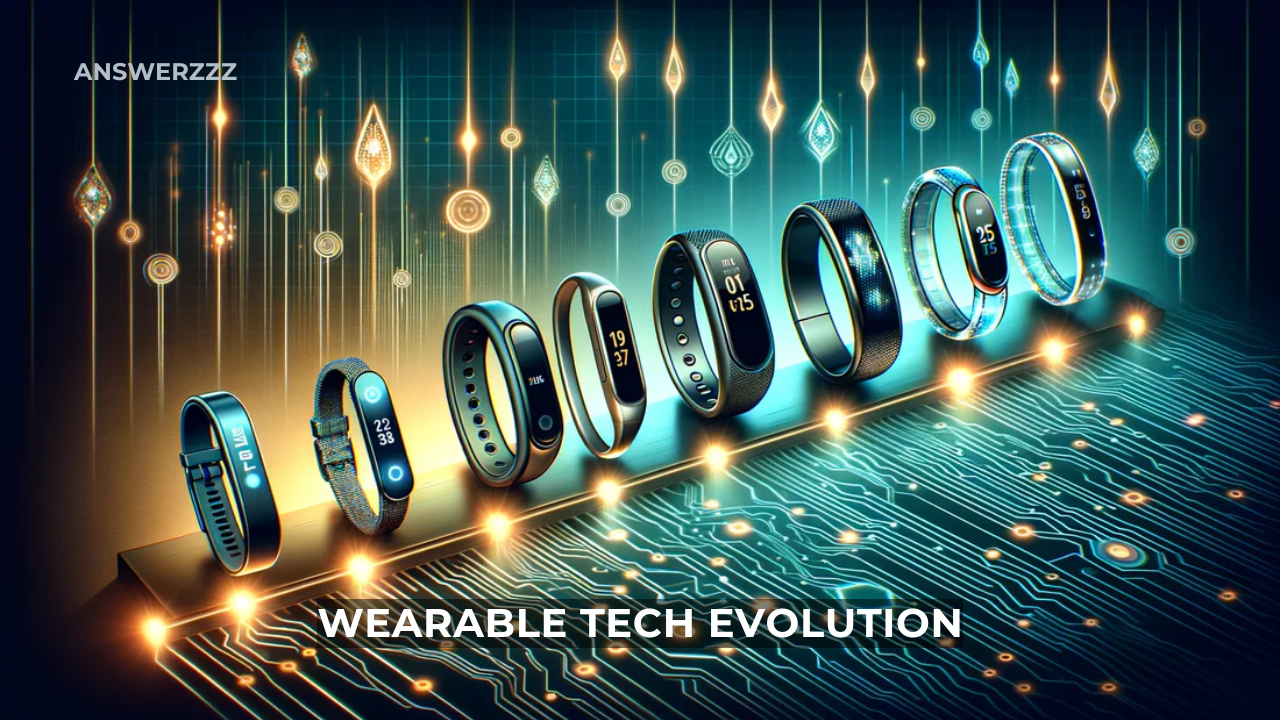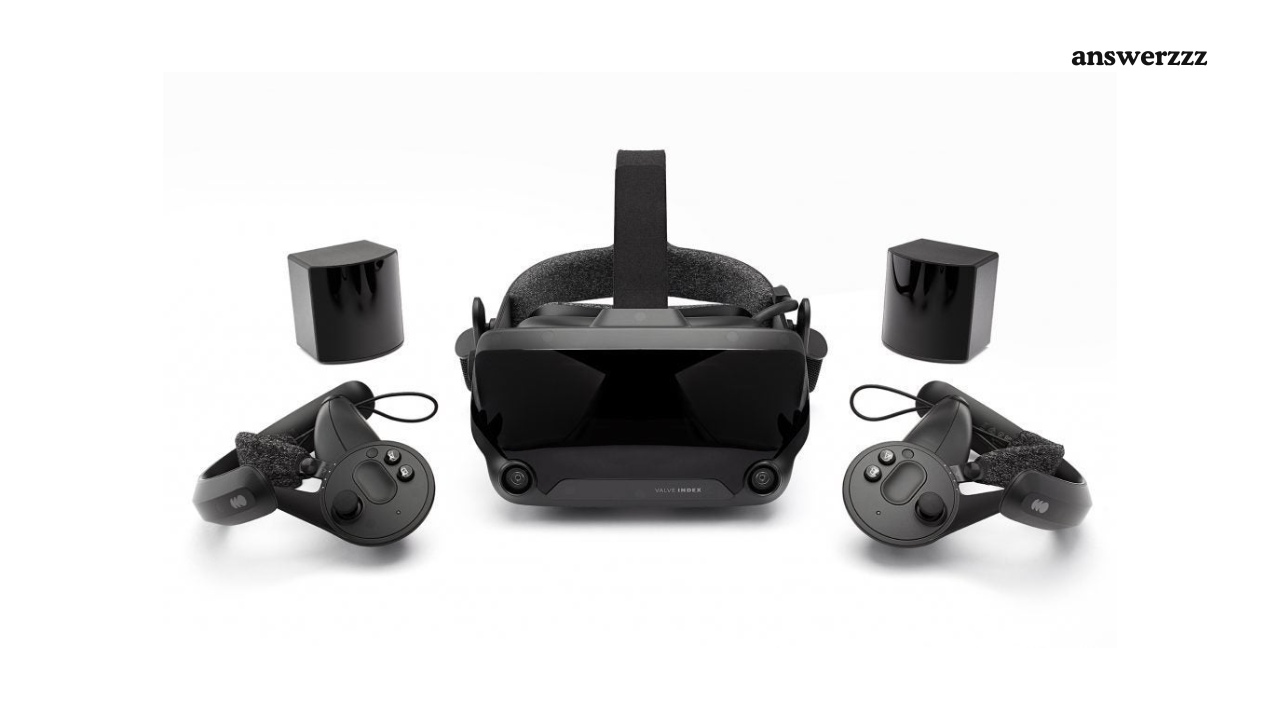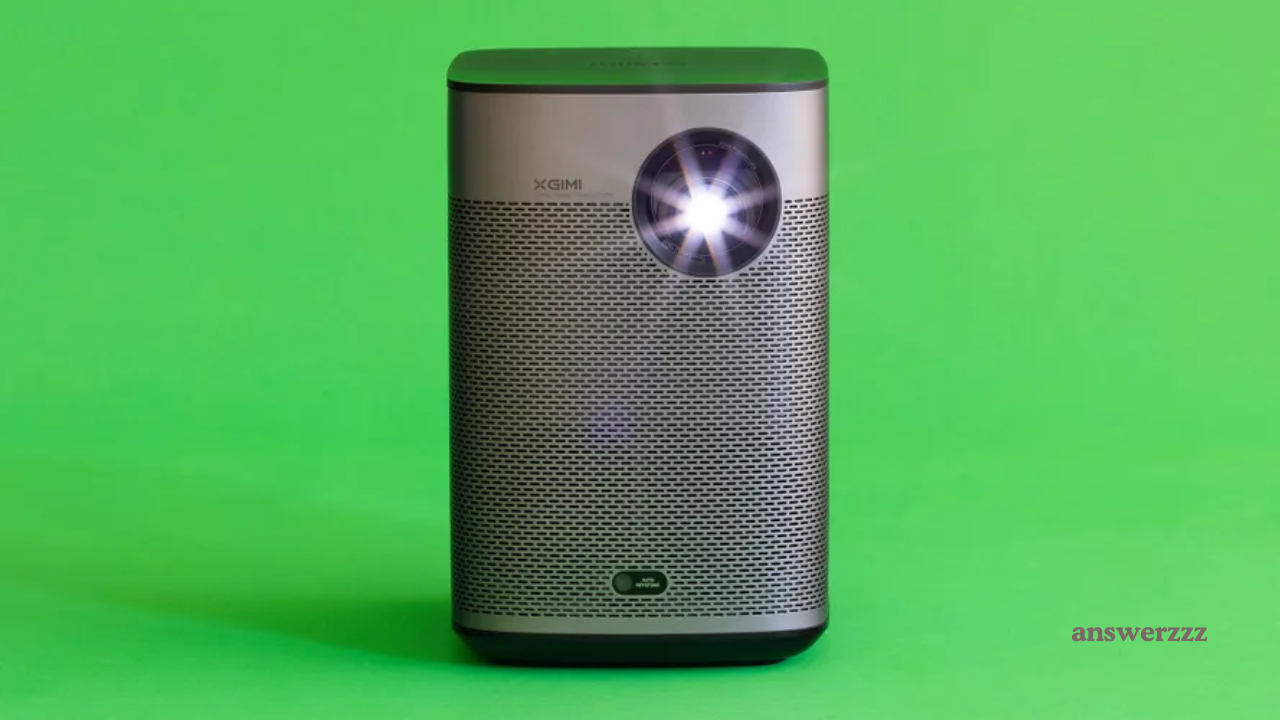In the rapidly evolving landscape of technology, wearable devices have emerged as transformative tools that blend functionality with convenience. From fitness trackers that monitor health metrics to smart glasses that augment reality, wearable tech has revolutionized how we interact with the digital world. This article delves into the evolution of wearable technology, tracing its roots, examining current innovations, and exploring future possibilities.
The Genesis of Wearable Technology
Early Innovations
The concept of wearable technology isn’t as modern as one might think. The roots of wearable devices can be traced back to the early 20th century. One of the first recorded examples is the invention of the “pedometer” in 1780, which counted steps taken by the user. However, it wasn’t until the late 20th century that technology began to take a significant leap forward.
The 1980s saw the introduction of the calculator watch, allowing users to perform calculations right from their wrists. This marked a shift in how personal gadgets could serve practical functions. The introduction of health monitoring devices in the 1990s, such as heart rate monitors used by athletes, laid the groundwork for the wearable tech revolution we see today.
The Rise of Fitness Trackers
As health and fitness trends gained momentum in the early 2000s, companies began to focus on devices that could monitor personal health metrics. The launch of the Fitbit in 2009 marked a pivotal moment in the wearable tech market. This small device, designed to be worn on the wrist, allowed users to track their steps, distance travelled, and calories burned. The success of Fitbit not only popularized fitness trackers but also sparked a wave of competition and innovation within the industry.
The Current Landscape of Wearable Technology
Fitness Trackers
Today, fitness trackers have evolved significantly. Modern devices come equipped with advanced features, including heart rate monitoring, sleep tracking, and GPS functionality. Brands like Garmin, Apple, and Samsung have developed comprehensive health ecosystems that sync data to smartphones and provide users with actionable insights. These trackers are not merely tools for fitness enthusiasts; they have become essential for anyone interested in maintaining a healthy lifestyle.
Smartwatches
Following the popularity of fitness trackers, smartwatches emerged as a hybrid device combining the functionalities of a fitness tracker and a traditional smartwatch. Devices like the Apple Watch and Samsung Galaxy Watch offer fitness tracking features alongside notifications, messaging, and even mobile payment capabilities. With advancements in technology, smartwatches have also started to incorporate health monitoring capabilities such as ECG (electrocardiogram) and blood oxygen level monitoring, further blurring the lines between health tech and smart devices.
Smart Glasses
As wearable technology progressed, the introduction of smart glasses represented a new frontier. Google Glass, released in 2013, was one of the first commercially available smart glasses. Although it faced criticism for its design and functionality, it paved the way for further innovations in augmented reality (AR). Today, companies like Microsoft with its HoloLens and Facebook (now Meta) with its Ray-Ban Stories are redefining how we perceive and interact with the world through smart glasses.
Health Monitoring Devices
Beyond fitness trackers and smart glasses, the wearable tech ecosystem has expanded to include a variety of health monitoring devices. These include continuous glucose monitors for diabetics, smart rings that track sleep and activity, and even wearable ECG monitors. The integration of artificial intelligence (AI) in these devices has enhanced their predictive capabilities, allowing users to foresee potential health issues before they escalate.
The Integration of Wearable Technology in Everyday Life

Enhanced Fitness and Health Management
The integration of wearable technology into daily life has transformed the approach to personal health and fitness management. Wearable devices not only track physical activity but also promote healthier lifestyles by encouraging users to set goals and monitor their progress. Features like reminders to stand, drink water, or take a walk have made it easier for users to incorporate healthy habits into their routines.
Data-Driven Decision Making
With the data collected by wearable devices, users can make informed decisions about their health. For instance, athletes can analyze their performance metrics to optimize their training regimes. Moreover, healthcare professionals can use data from wearables to monitor patients remotely, leading to timely interventions and improved health outcomes.
The Social Aspect of Wearable Tech
Many wearable devices include social features that allow users to connect with friends and family. Fitness challenges, leaderboards, and shared goals foster a sense of community, motivating users to stay engaged in their fitness journeys. This social aspect has become an integral part of the fitness culture, making workouts more enjoyable and encouraging accountability.
Future Directions in Wearable Technology
Advanced Health Monitoring
The future of wearable technology lies in advanced health monitoring capabilities. As research in biometrics progresses, we can expect wearables to offer even more detailed insights into our health. For example, continuous monitoring of biomarkers such as hydration levels, stress hormones, and even mental health indicators could become standard features in future devices.
Seamless Integration with Smart Environments
Wearable technology is also expected to integrate more seamlessly with smart home and city environments. Imagine a future where your wearable device communicates with your home thermostat to adjust the temperature based on your activity level or syncs with your vehicle for a more personalized driving experience.
The Role of Artificial Intelligence
AI will play a crucial role in the evolution of wearable technology. As AI algorithms become more sophisticated, wearables will be able to provide real-time feedback and personalized recommendations. For instance, a smartwatch could analyze your activity data and suggest specific workouts tailored to your fitness level and goals, or even alert you to potential health risks based on your data trends.
Privacy and Security Concerns
With the rise of wearable technology comes the inevitable concern regarding data privacy and security. As wearables collect sensitive health information, users must be educated about how their data is used and shared. Companies will need to implement robust security measures to protect user data from breaches and misuse.
The evolution of wearable technology from simple fitness trackers to sophisticated smart glasses illustrates the remarkable progress made in the realm of personal health and connectivity. As we look to the future, the potential for wearable devices is boundless. With advancements in health monitoring, integration with smart environments, and the incorporation of AI, wearables will continue to enhance our lives in ways we are only beginning to imagine. Embracing these innovations can lead to healthier lifestyles, better-informed decisions, and a more connected world. As technology progresses, the question is not whether wearable devices will become more prevalent, but how they will shape the future of human interaction with technology and health.




